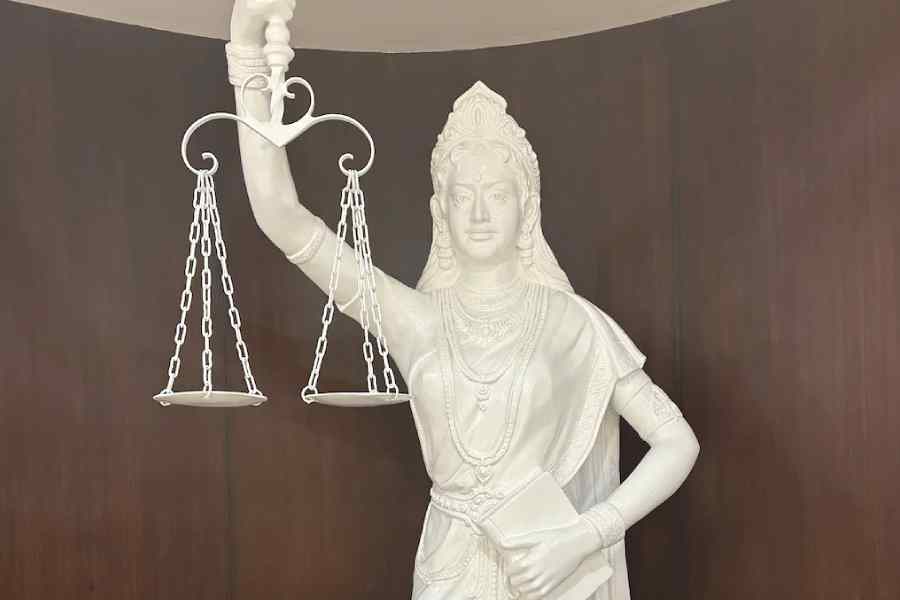A customs department functioning as an arbiter of artistic taste would be deemed comical. Yet, last year, the Mumbai customs department confiscated seven artworks by F.N. Souza and Akbar Padamsee, listed them under the category of “obscene material”, and ordered their destruction. Mercifully, the Bombay High Court has now ordered the immediate release of the artworks and rapped the Commissionerate of Mumbai Customs on the knuckles for “perversity and unreasonableness”. The court also raised an important, pertinent question: what counts as obscenity when it comes to art?
The debate on what can be considered obscene in art is a fraught one; the verdict often depends on who is presenting the argument. While the conflict between a narrow view of obscenity in art and a more liberal perspective on the matter will rage on, what needs serious deliberation is the legal perspective on it. In the Mumbai customs case, for instance, the court adjudicated that the line separating art and obscenity is defined by prurience. This complicated rationale is in keeping with Indian laws. Section 294 of the new Bharatiya Nagarik Suraksha Sanhita — incidentally, it is in tune with the colonial-era penal code that had convicted Saadat Hasan Manto — argues that an object, be it literature or an artwork, is obscene if it “is lascivious or appeals to the prurient interest”. Yet, like beauty, prurience lies in the eyes of the beholder: would a nude figurine of a yakshi in the Ajanta caves, for instance, be considered obscene if it appealed to the prurience of a viewer? The art in the Ajanta Caves, or Khajuraho for that matter, has legal protection from being seen as obscene by virtue of the site being listed as an “ancient monument”; but similar legal protection eludes artistic creations, such as the paintings that were confiscated in this case. Another argument presented to the Bombay High Court to rescue the works by Souza and Padamsee was that the two artists were “national treasures” who had won several awards. Can the fame of an artist be an egalitarian criterion to rescue art from the clutches of the moral police, be it a customs department or vigilante groups that have been known to target Indian artists and institutions? Younger, relatively unknown artists are equally deserving of the freedom of their imagination just as the masters.
It would be tempting to argue that the conservative legal approach mirrors the censorious — regressive — mindset of a society with limited exposure to art. In India, there is also a tendency to be reverential towards the masters — “national treasures” — while being prejudicial towards all that is novel and radical. Raja Ravi Varma prints, once condemned for being objectionable, are now celebrated as being reflective of the Indian ethos. This discriminatory sensibility and insulation begin early — art pedagogy in school often lacks a syllabi sensitive towards art history and its diverse traditions and mostly concentrates on disseminating techniques. The distancing between public sensibility and art is widened by institutions like State museums that often display artworks with poor curatorial imagination and a disproportionate emphasis on artistic conventions that are considered ‘safe’. With such little exposure to art, is it any wonder that the customs official in Mumbai could not see past the sex in Souza?











